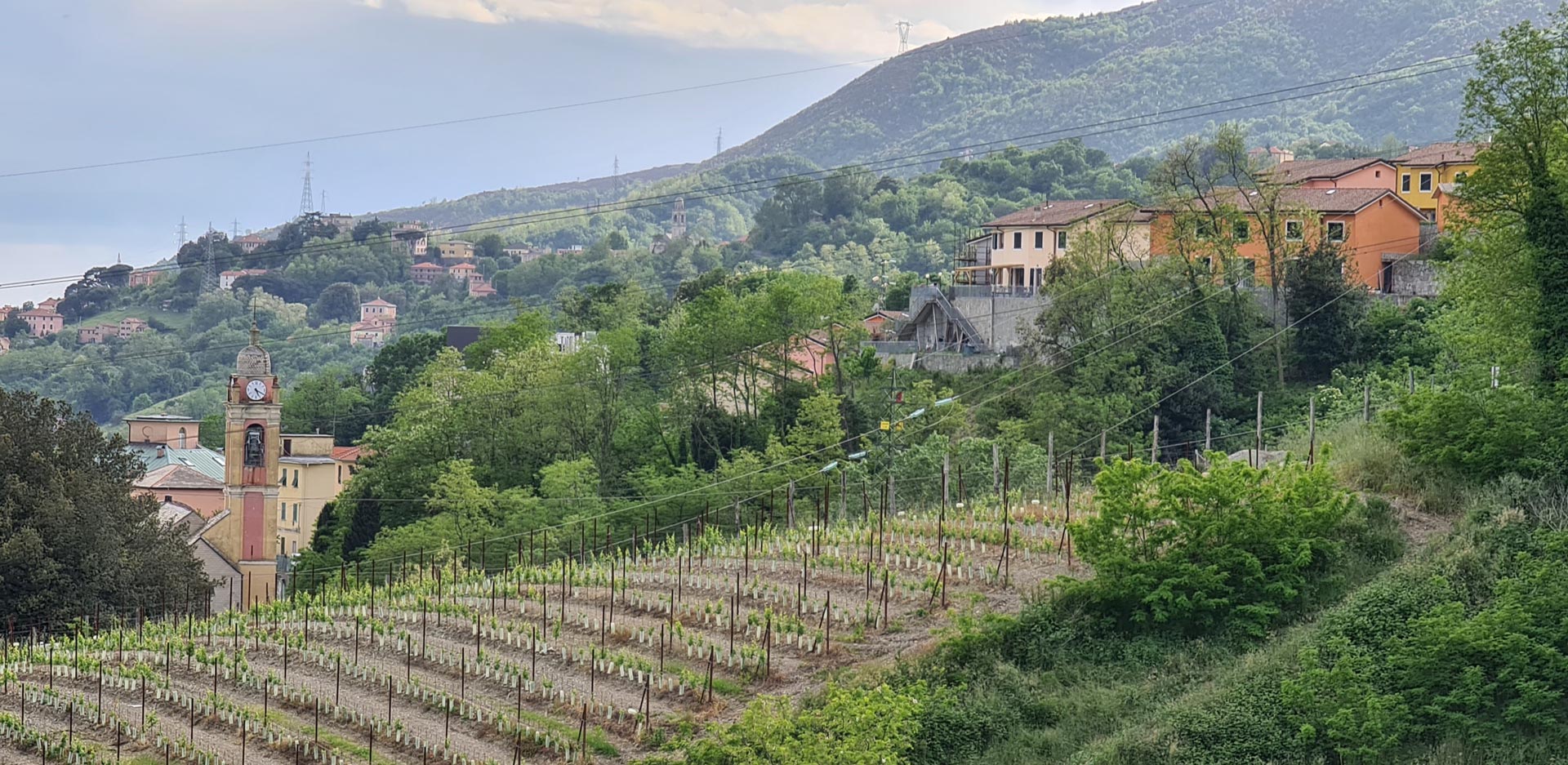The Val Polcevera
The hills surrounding Genoa were described in the seventeenth century as an "uninterrupted garden" by fascinated travelers: villas and monasteries surrounded by gardens and terraces on which where vineyards, orchards and orchards.
The Val Polcevera was already covered with extensive vineyards even then. Arranged orthogonally to the coast, as a clear separation between the Riviera di Ponente and the Riviera di Levante, it has always represented the most important communication route between Genoa and the Po Valley, crossed by a dense network of roads that always respected the dry stone walls of the best exposed terraced land .







